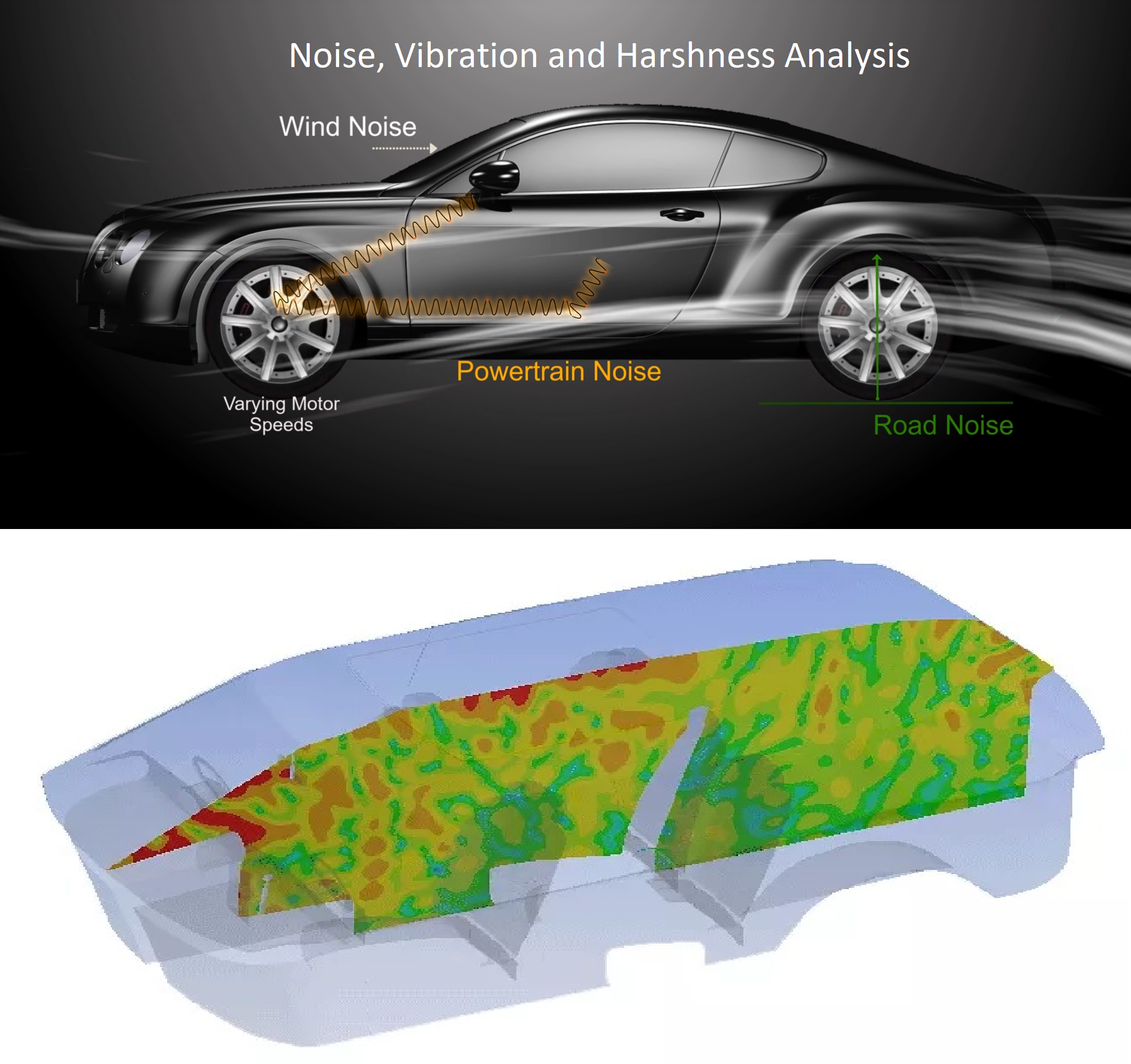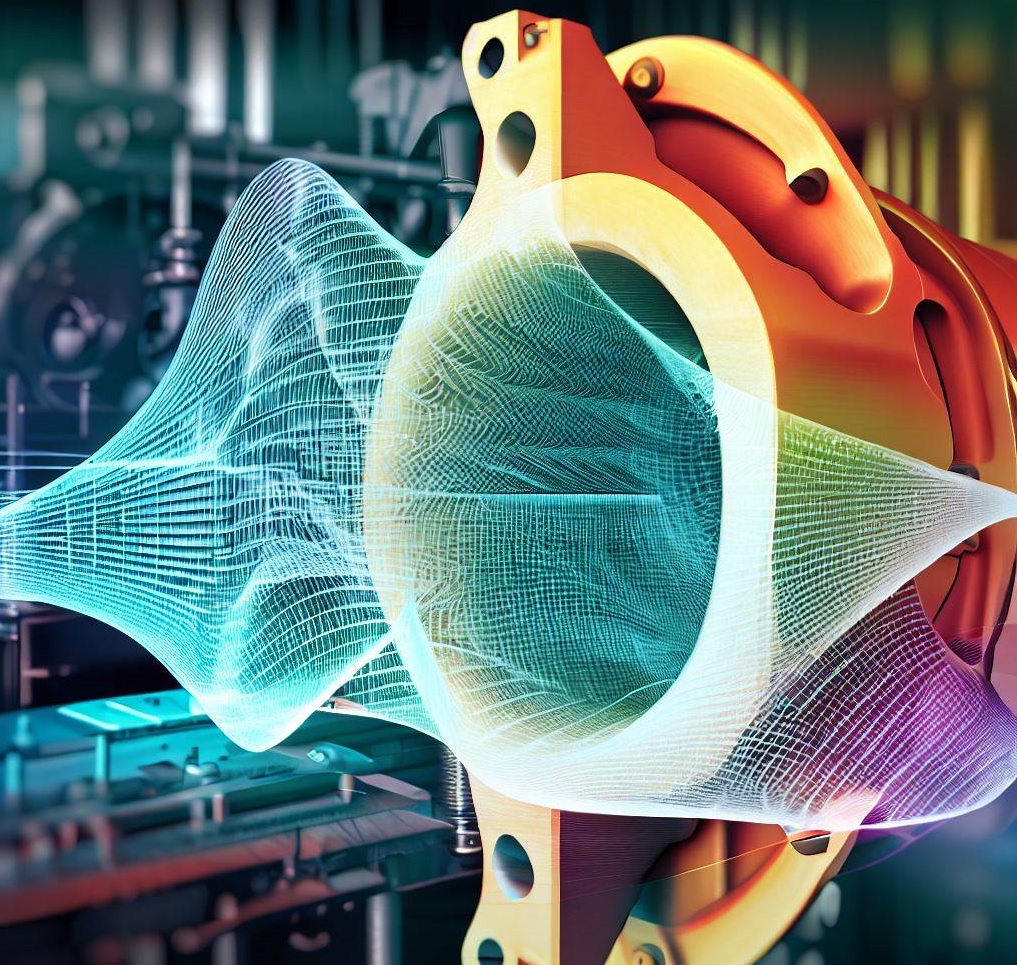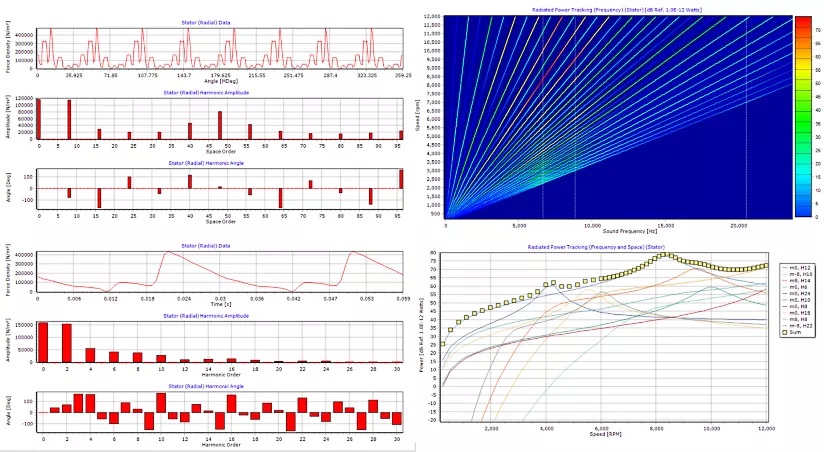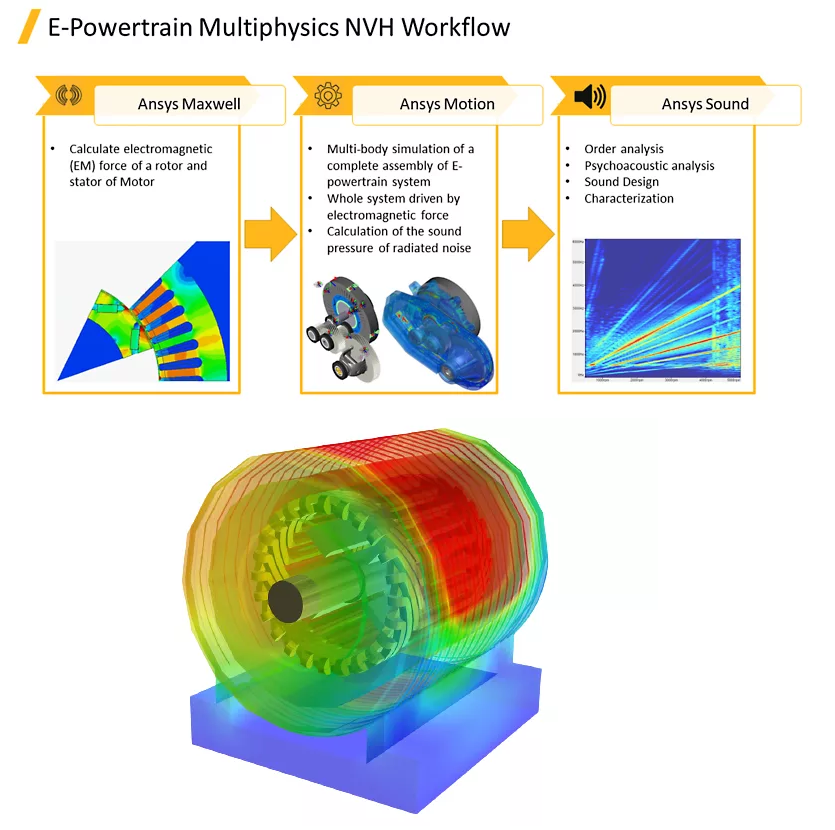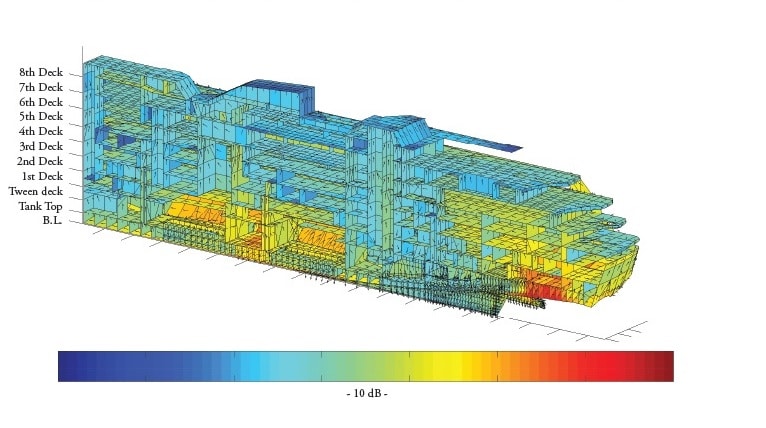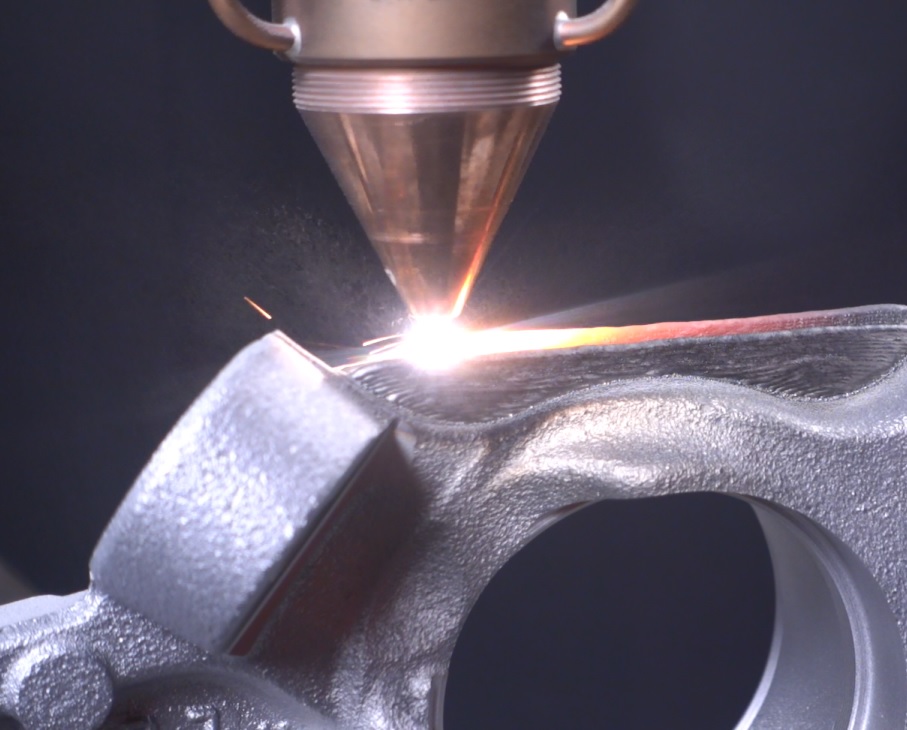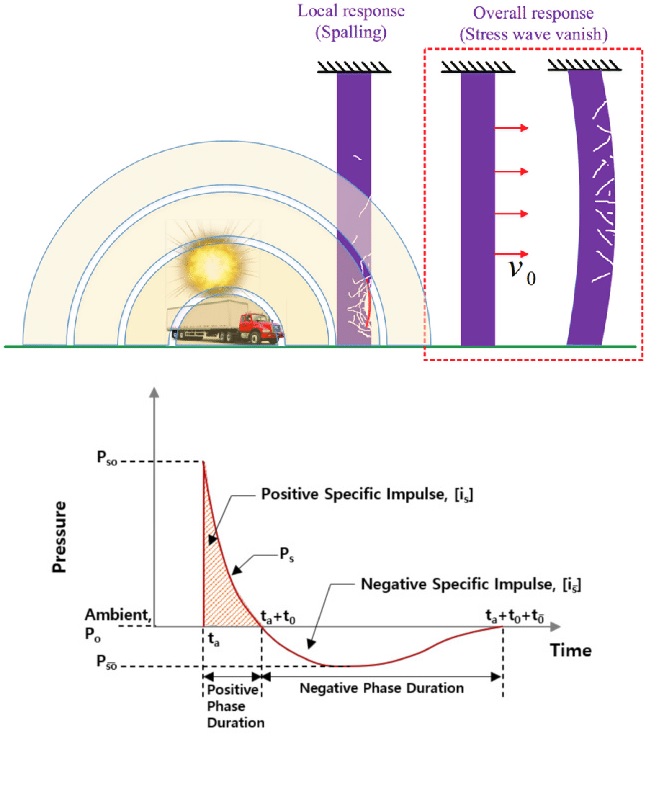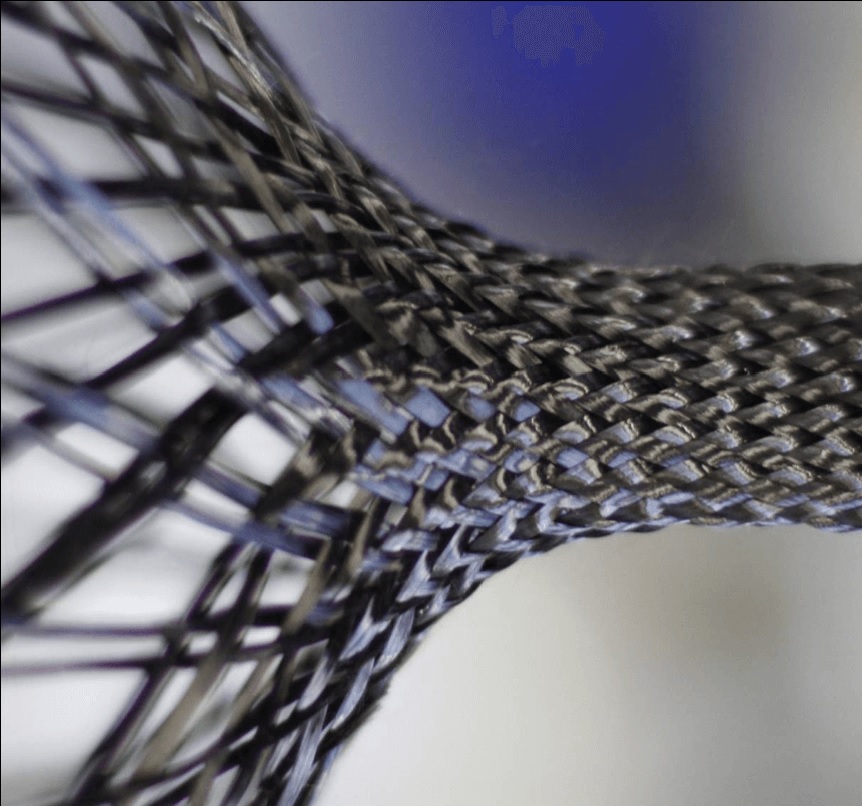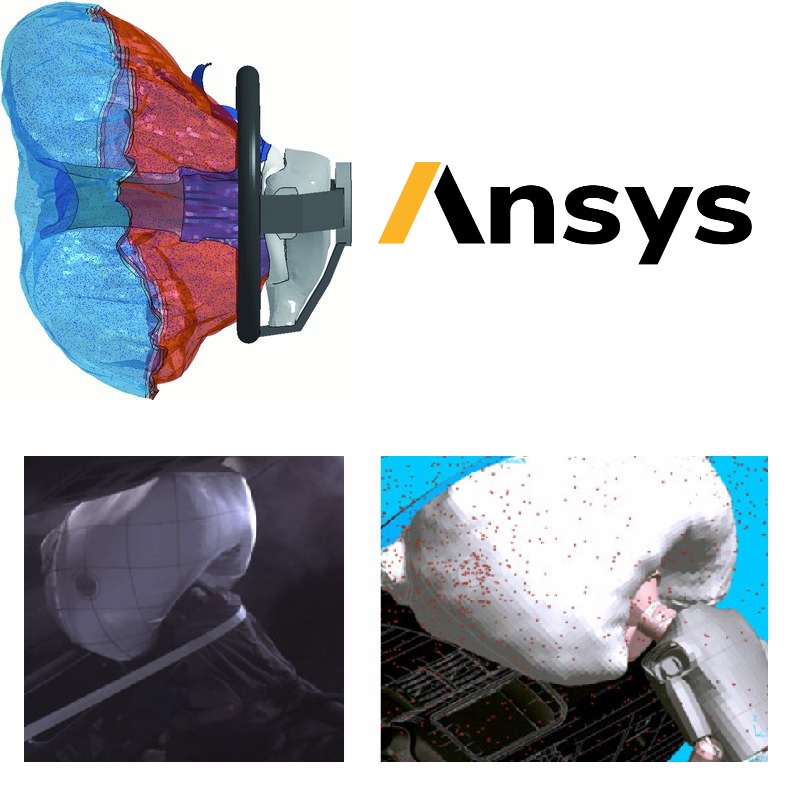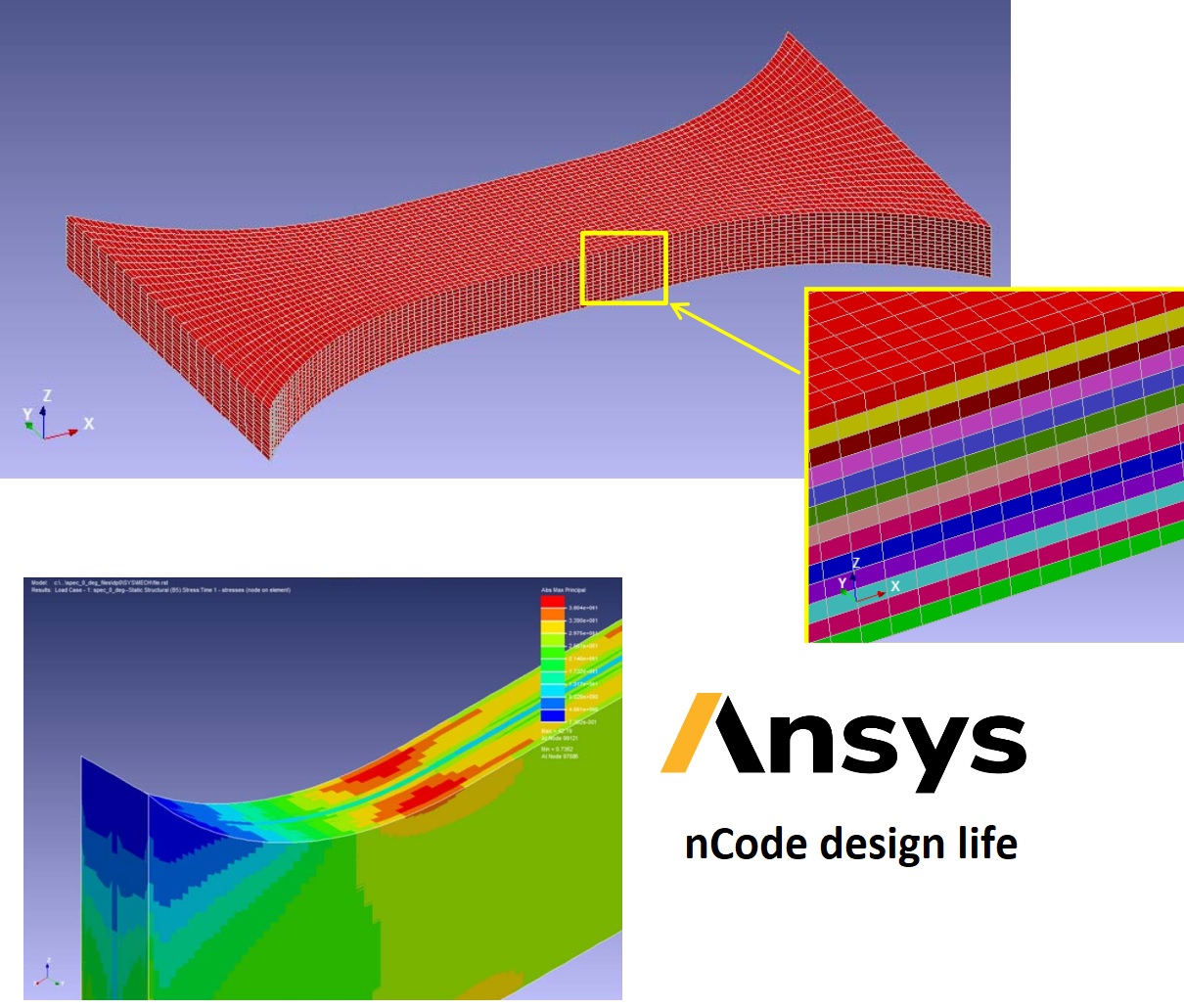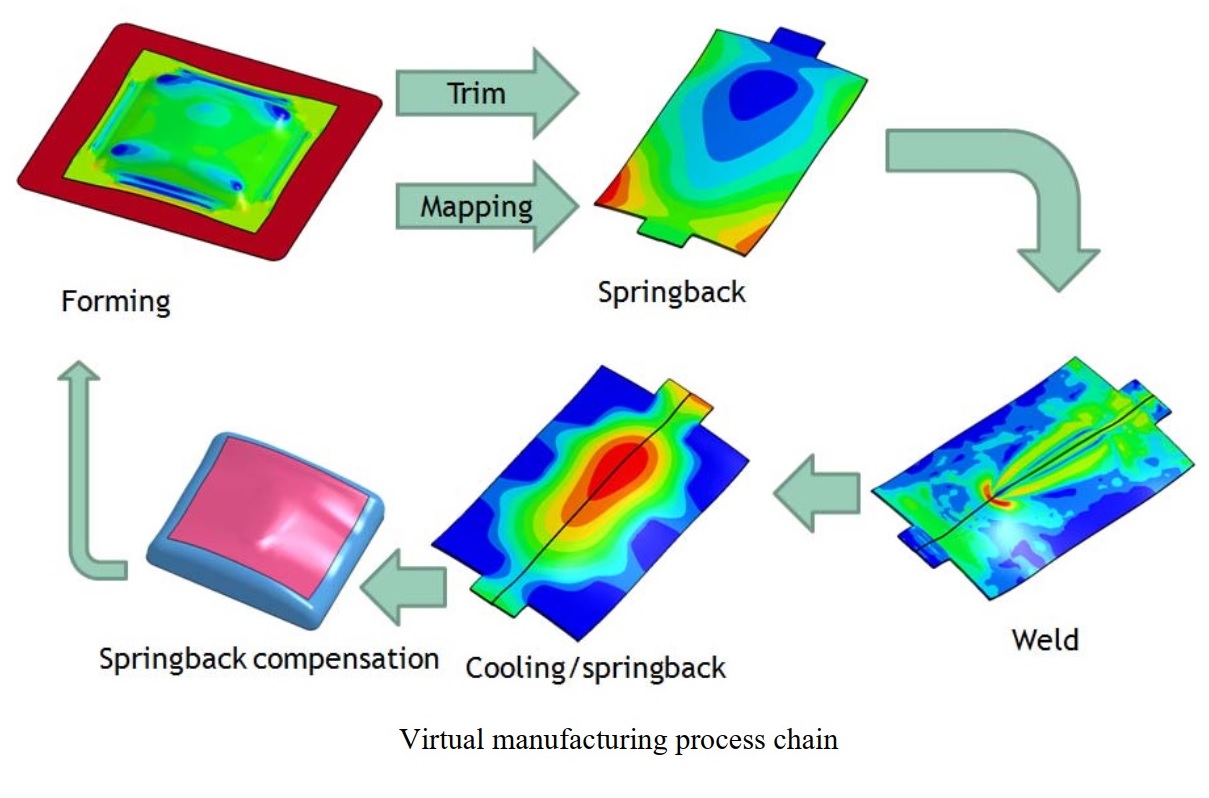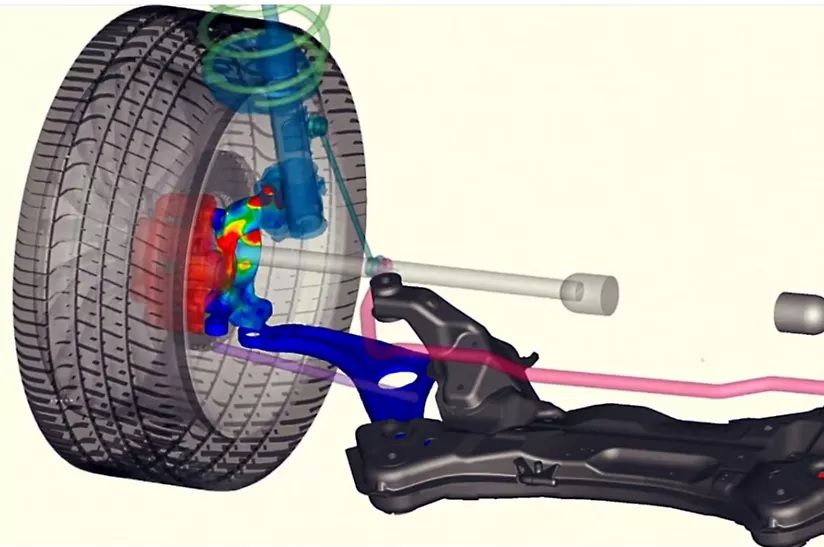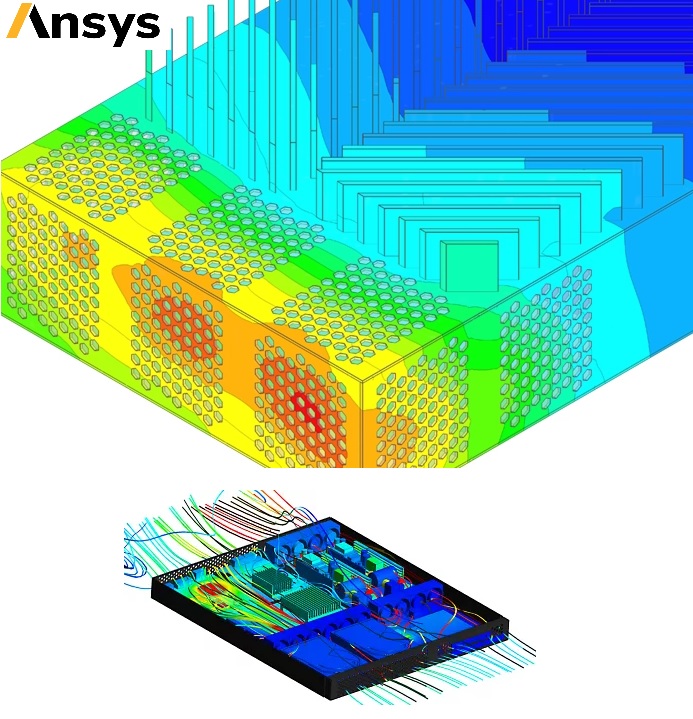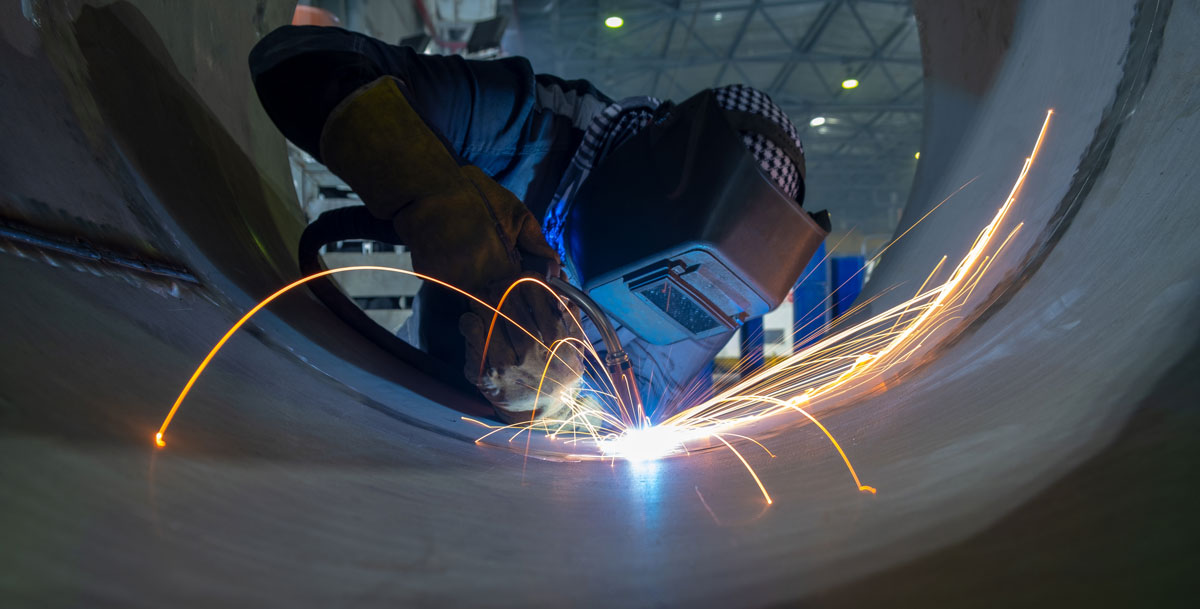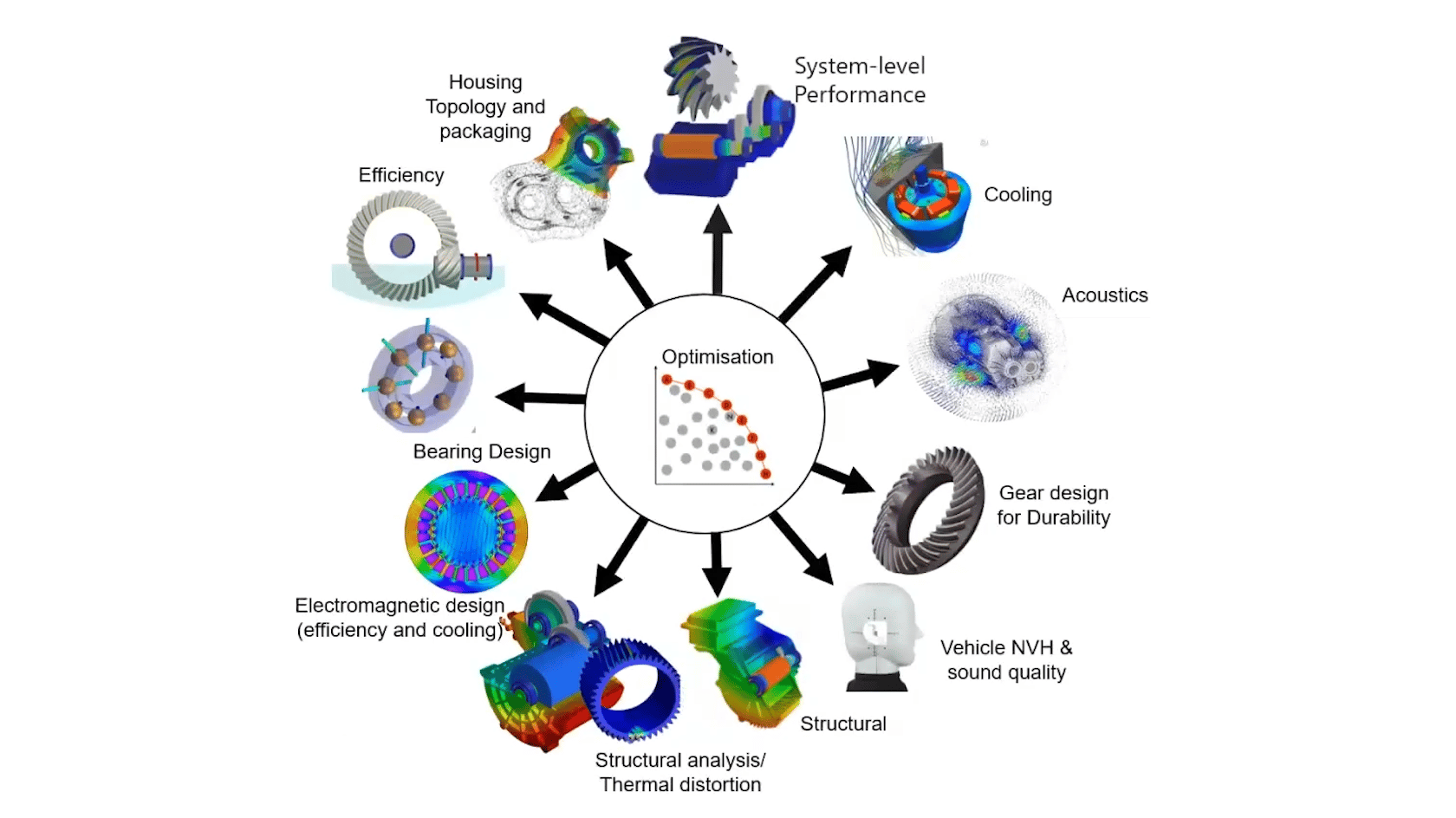Aero-acoustics is becoming increasingly important in the aerospace industry due to the growing concern over the noise generated by various engineering applications, such as propellers, rotors, aircraft engines, and nozzles. This is particularly important in urban and suburban areas where aircraft noise can be a significant source of disturbance and can negatively impact the quality of life for people living near airports.
Aero-acoustics involves the study of the generation, propagation, and radiation of sound in the context of aerodynamic flows. It is used to analyze and optimize the design of aerospace vehicles to reduce noise levels and improve their acoustic performance.
Aero-acoustic simulations can be used to predict the noise generated by different components of an aircraft, such as engines and propellers, and to evaluate the effectiveness of different noise reduction strategies. These simulations can also help engineers to identify potential noise problems early in the design process and make changes to reduce noise levels before a physical prototype is built.
At the same time, aero-acoustics is essential for ensuring that aerospace vehicles meet regulatory noise standards and regulations. For example, the Federal Aviation Administration (FAA) in the United States sets noise standards for aircraft operations, and aero-acoustics simulations can be used to demonstrate compliance with these standards.
